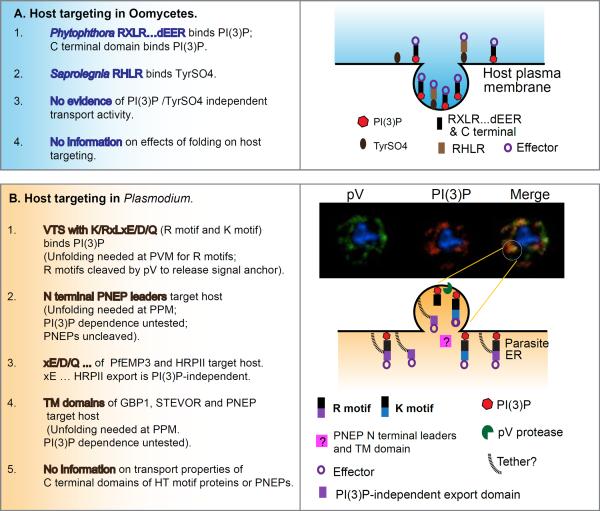Figure 3. Summary of transport properties of (a) oomycete and (b) Plasmodium protein domains.
(a) In Phytophthora, leaders containing RxLR- dEER and/or C terminal domains (black bars) of effector proteins (purple circles) binds the lipid PI(3)P (red dots) at the host plasma membrane resulting in their endosomal internalization. In Saprolegnia, leaders containing RHLR (brown bars) binds tyrosine sulfate (TyrSO4; grey dot, a post translational modification of host proteins) to also undergo endosomal internalization. Presently, there is no evidence of host targeting properties independent of binding PI(3)P or TyrSO4 or protein folding, such as seen in Plasmodium. (b) In Plasmodium, leaders known as vacuolar translocation sequences (VTS) containing a host targeting motif KxLxE/D/Q (black/blue bar) or RxLxE/D/Q (black/purple bar) bind PI(3)P (red dots) in the ER lumen. Micrographs in the right hand side top panel show distribution of the lipid PI(3)P in the ER lumen (red) and a parasite protease plasmepsin V (pV; green) colocalized (yellow/orange) in membrane domains in the ER. This suggests a model (shown immediately below) for a PI(3)P enriched vesicle (containing pV) emerging from the ER. In this regard, PI(3)P-dependent exit from the ER is topologically equivalent to PI(3)P-dependent endosomal uptake at the plasma membrane. Proteins with RxLxE/D/Q may be cleaved by the protease pV in the emerging PI(3)P vesicle, (which is reinforced by the finding that the specificity of PI(3)P binding mimics that of pV mediated cleavage). The xE/D/Q fragments of PfEMP3 and PfHRPII (purple rectangle) also have intrinsic export activity suggesting a second mechanism of inclusion and retention of soluble proteins (indicated by black tethers). N terminal leaders lacking K/RxL domains called PNEPs (pink rectangles) appear to share a common export mechanism whose dependence on PI(3)P has not been tested (and thus indicated by a question mark). Unlike Phytophthora, C-terminal domains of plasmodial effectors have not yet been shown to have intrinsic PI(3)P binding or export activity and parasite host targeting is sensitive to protein folding.

